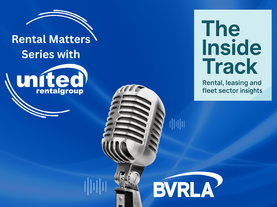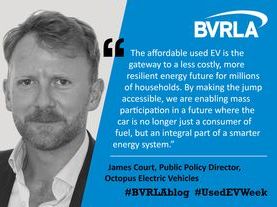The latest BVRLA Leasing Outlook report highlights the challenges facing the electric van market.
Battery powertrains are still undesirable for LCVs, despite the sector being almost exclusively business use. The high acquisition cost of e-LCVs allied to payload compromises and the operational downtime of charging are proving to be barriers for companies that cannot complete a duty cycle on a single home or depot charge.
What’s more, the regulatory confusion that allows drivers with a standard licence to get behind the wheel of a 4.25 tonne e-LCV, but then sets many of the same responsibilities on the business as the operating licence for HGVs, creates a further complication.
The Zero Emission Van Plan, created earlier this year by a coalition including the BVRLA, sets out to address the affordability, charging and regulatory issues surrounding electric vans. Its case has been strengthened by the weak sales figures of e-LCVs so far in 2024. During the first three months of the year, BEVs accounted for just 5.2% of new van registrations, and just 4.8% in the first five months. This is less than half the 10% volume share stipulated by the ZEV mandate for this year, and below one third of next year’s 16% threshold.
As with the car market, to meet the terms of the mandate and avoid stiff fines, manufacturers are having to push supply, pursuing strategies that are distorting the ‘real’ market. Some brands are heavily discounting e-LCVs, which risks undermining future residual values. Others are restricting their sales of diesel vans so that their ratio of e-LCV to diesel sales matches the ZEV mandate. And some are continuing as they are in the hope or expectation that their sales of zero emission vehicles in 2025 and 2026 will exceed the mandate by such an extent that it will give them credits to offset against this year’s missed targets. The fact that different manufacturers are pursuing different strategies makes business even more complicated for leasing companies, with no consistent message to communicate to customers about vehicle availability and lease rates.
The BVRLA’s Leasing Outlook report is produced quarterly, with the latest version containing data to end of Q1 2024. The statistics and analysis are bolstered by commentary from Fleet Assist (SMR trends and impact of AI), cap hpi (impact of ZEV mandate) and Auto Trader (trends in new and used demand).




